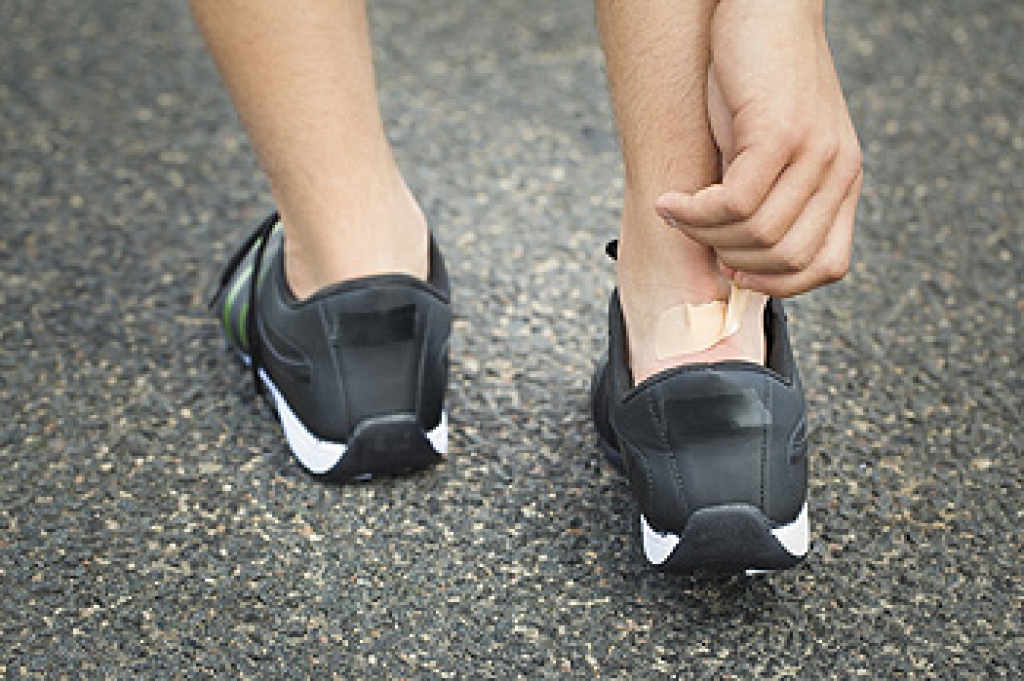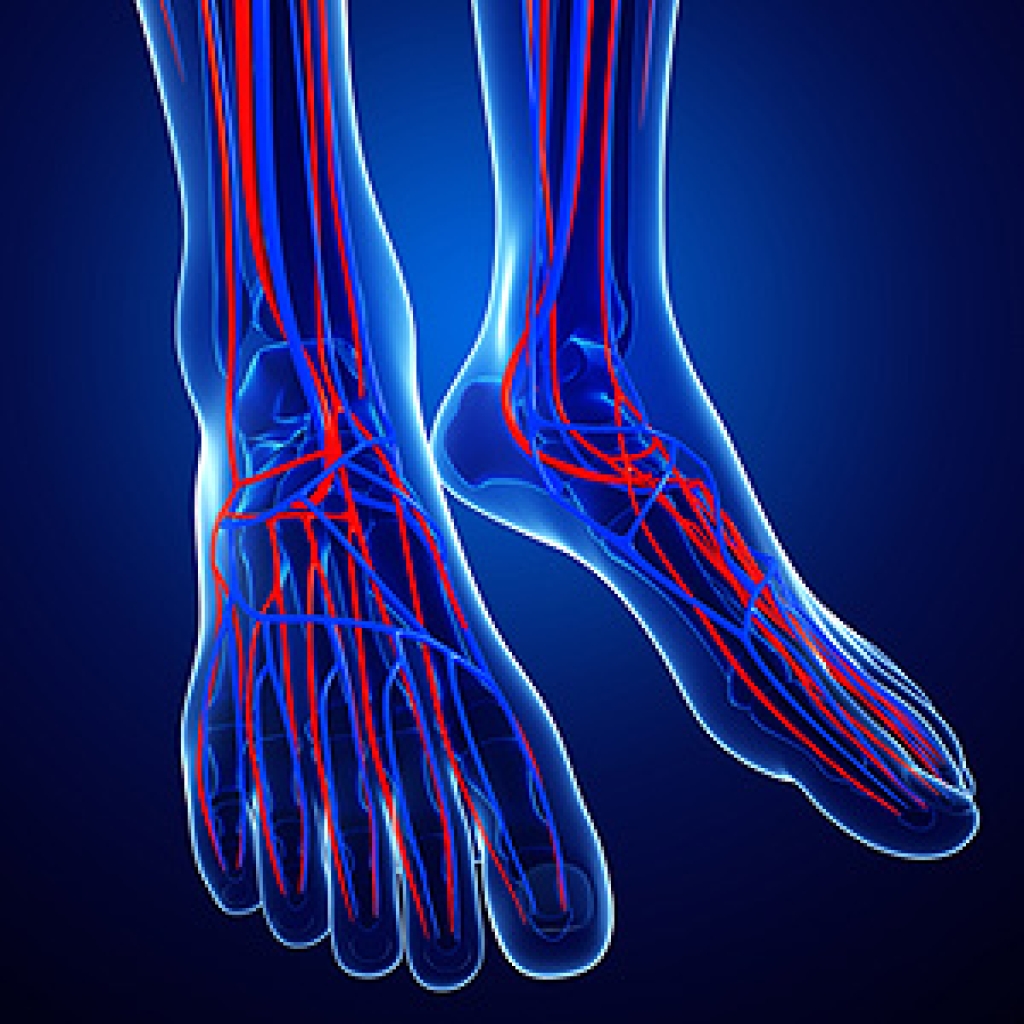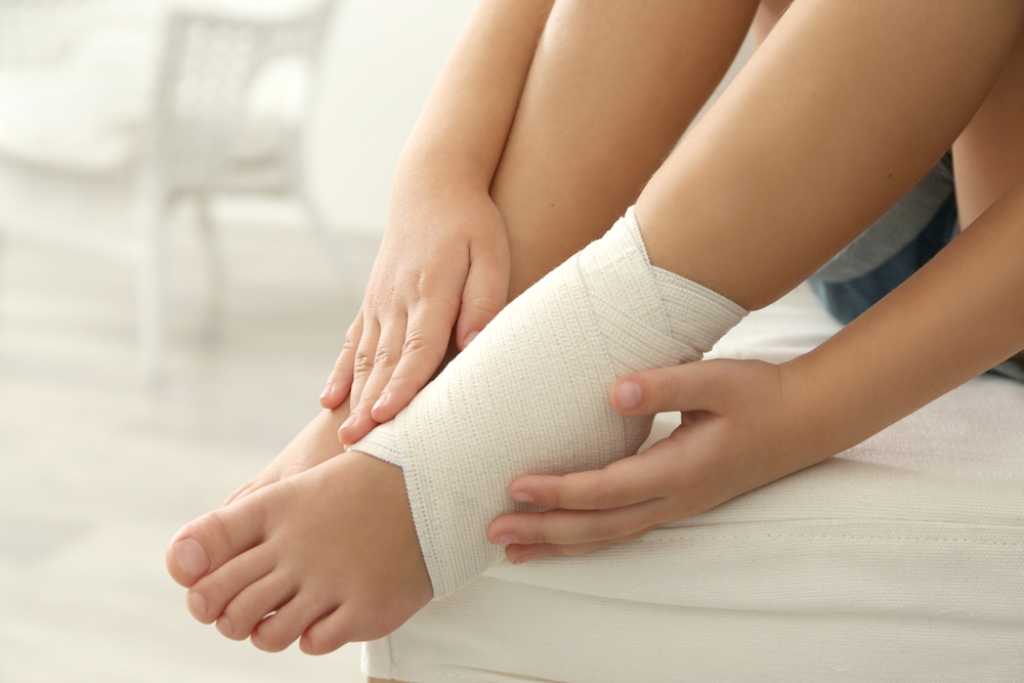 Research has indicated the majority of your day may run smoother if the correct shoes are worn. The feet are typically at their largest during the afternoon, and it may be beneficial to purchase shoes at that time. It may help to wear the socks that will be worn with the shoes, which can be instrumental in choosing shoes that fit well. The size of the feet may change over time, and it is suggested that both feet be measured every time shoes are purchased. Once a pair of shoes is decided on, it is important to notice if there is adequate room in the toe area while standing. Additionally, it is suggested to briefly walk in them, and this may help to determine how comfortable they are. If you would like more information about how to buy shoes, please speak with a podiatrist who can properly guide you.
Research has indicated the majority of your day may run smoother if the correct shoes are worn. The feet are typically at their largest during the afternoon, and it may be beneficial to purchase shoes at that time. It may help to wear the socks that will be worn with the shoes, which can be instrumental in choosing shoes that fit well. The size of the feet may change over time, and it is suggested that both feet be measured every time shoes are purchased. Once a pair of shoes is decided on, it is important to notice if there is adequate room in the toe area while standing. Additionally, it is suggested to briefly walk in them, and this may help to determine how comfortable they are. If you would like more information about how to buy shoes, please speak with a podiatrist who can properly guide you.
Finding a properly-fitting shoe is important in reducing injuries and preventing foot problems. For more information about treatment, contact one of our podiatrists from APEX Foot & Ankle Center. Our doctors will treat your foot and ankle needs.
Proper Shoe Fitting
A common concern when it comes to foot health, having properly fitted shoes can help prevent injuries to the foot. Out feet affect our posture and gait, which in turn affects the biomechanics and overall bodily structure. With 33 joints, 26 bones, and over 100 ligaments, the potential for serious injury is much greater than one realizes. Although the feet cease growth in adulthood, they still change shape as they mature. Here are some factors to consider when it comes to investing in proper fitting shoes:
- Be sure the shoes fit correctly right away
- Ensure the ball of your foot fits comfortably in the widest portion of the shoes
- Even though they may look fashionable, improper fitting shoes can either create adverse conditions or exacerbate existing ones you may already have
- Walk along a carpeted surface to ensure the shoes comfortably fit during normal activity
Keeping in mind how shoes fit the biomechanics of your body, properly-fitting shoes are vitally important. Fortunately, it is not difficult to acquire footwear that fits correctly. Be sure to wear shoes that support the overall structure of your body. Do your feet a favor and invest in several pairs of well-fitted shoes today.
If you have any questions, please feel free to contact our offices located in Fort Myers, Shellpoint, and Naples, FL . We offer the newest diagnostic and treatment technologies for all your foot care needs.



